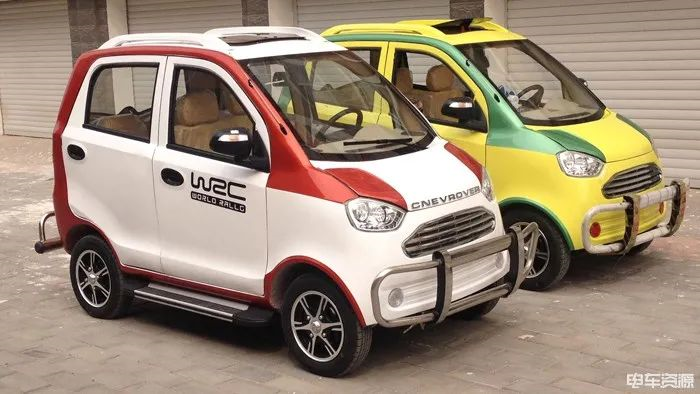Title: New National Standards for Low-Speed Electric Cars Open for Public Comment
Author: Master
After years of controversy, the new national standards for low-speed electric cars for the elderly has finally been unveiled. On June 17, the Ministry of Industry and Information Technology officially solicited opinions on the recommended national standard “Technical Conditions for Pure Electric Passenger Cars,” which clearly stated the concept of “micro low-speed pure electric passenger cars”. This concept is targeted at the elderly mobility scooters, which are quite common in many cities in China, also known as “old man’s joyride.”
After the new standard is implemented, the original elderly mobility scooters will be categorized as passenger cars, and will fall under the framework of electric cars, basically receiving the same treatment as the existing micro electric cars.
According to the new regulations, the standard for “micro low-speed pure electric passenger cars” is:
-
Speed: Acceleration time from 0-30 km/h should not exceed 10 seconds, with a maximum speed of 40-70 km/h.
-
Seating: 4 seats or less.
-
Size and weight: Size should not exceed 3500/1500/1700 mm (length/width/height), and the kerb weight should not be more than 750 kg.
-
Battery: Only iron phosphate lithium or ternary lithium batteries can be used. Range testing is conducted at a uniform speed of 30 km/h, with a minimum range of 100 km.
-
Tires: Must be standard automobile tires.
-
Safety: The speed of the frontal collision test is 40 km/h, and the side and rear collision requirements should be consistent with traditional cars. The installation of a three-point safety belt is mandatory.
-
Reliability: Serious malfunctions or failures of control bus systems, power storage batteries and management systems, motors and controllers, charging systems and other assemblies are prohibited in a cumulative reliability test of 15000 km. During the retest conducted after the reliability test, performance should not be less than 80% of the initial performance test score.
According to the specific requirements of this standard revision, these are the same requirements for regular automobiles, with just differences in speed limits. Restrictions also include requiring the low-speed vehicle to display a “Micro Electric” sign, and emit pedestrian alert signals at speeds below 20 km/h.
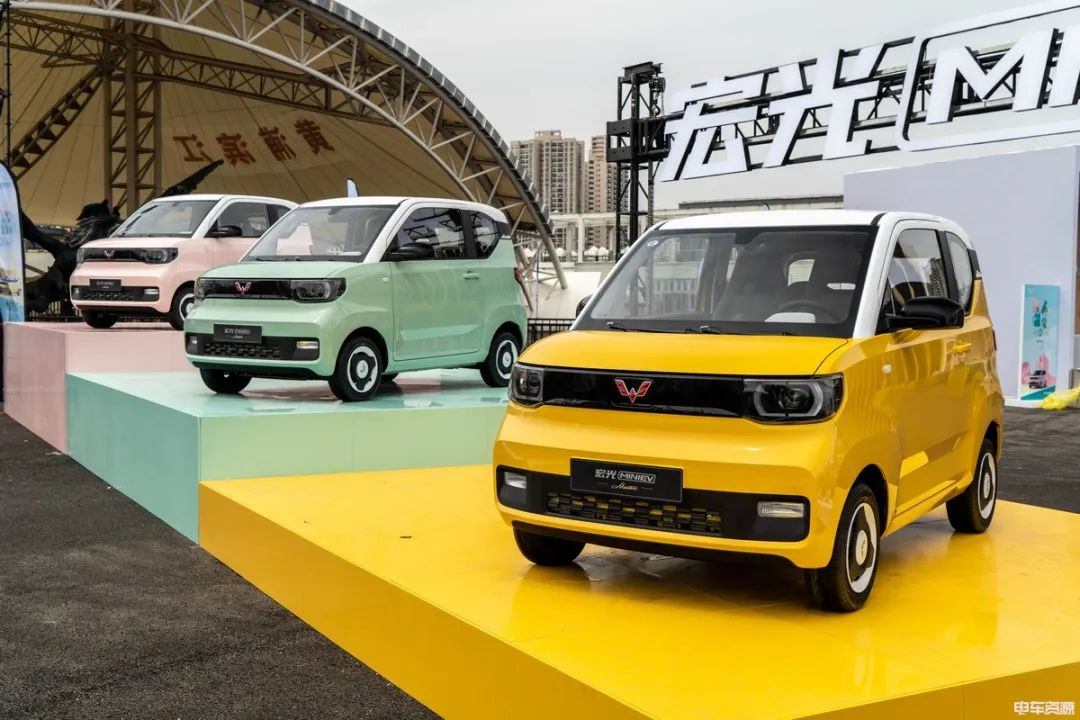
In essence, this can be simply understood as a speed-limited version of the Wuling Hong Guang MINIEV. The length, width, and height of the Hong Guang MINIEV are 2917/1493/1621mm, weighing a maximum of 705 kg, equipped with iron phosphate lithium or ternary lithium batteries, and seating for four. The only difference is that its maximum speed reaches 100 km/h. Therefore, if the Wuling Hong Guang MINIEV adds a speed limiter, it can become a “micro low-speed electric car.” Of course, other licenses and driving permits will be required.Obviously, most of the “old man car” currently on the market cannot meet the Technical Requirements for Pure Electric Passenger Cars, so the so-called “formalization” statement on the internet is not accurate. The actual situation is that the existing “old man cars” may never be back on the road again, and drivers need to pass the exam and obtain a driver’s license to drive legal and compliant vehicles before they can hit the road. They can no longer wander in the gray areas of regulations and treat the highways as their own living rooms to drive freely.
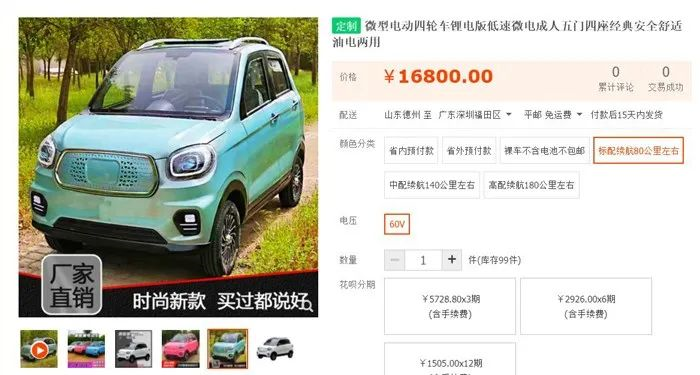
Moreover, due to the relative “strictness” of the standard, small non-certified workshops are doomed to be eliminated. Even if this measure will force some large-scale enterprises to become regular troops, it is difficult to compete with more famous and reliable companies and factories at the current price of “old man cars”, which is already around 15,000 yuan, plus the additional costs.
For example, Reading Motors’ Reading Mango (2.98-5.49 yuan) and Jingpeng Motors’ Lingbao COCO (2.68-4.08 yuan), the largest domestic electric tricycle enterprise.
What will traditional car companies do?
At present, the purchasing structure of new energy passenger cars in China shows a “big at both ends, small in the middle” situation, that is, high-level and low-level models account for a large proportion, and compact models suitable for mainstream household use have a very low proportion. Looking at the sales structure of new energy passenger cars in 2020, the sales share of medium and above models is 39.4%, the sales share of small and below models is 42.0%, and the sales share of compact models is only 18.6%, far below the level of about 60% for gasoline cars.
According to incomplete statistics, there are currently about 100 scale-above micro-low-speed pure electric passenger car production companies in China, with a production capacity of more than 2 million vehicles, which fully demonstrates that short and medium distance transportation tools still have a very large demand.
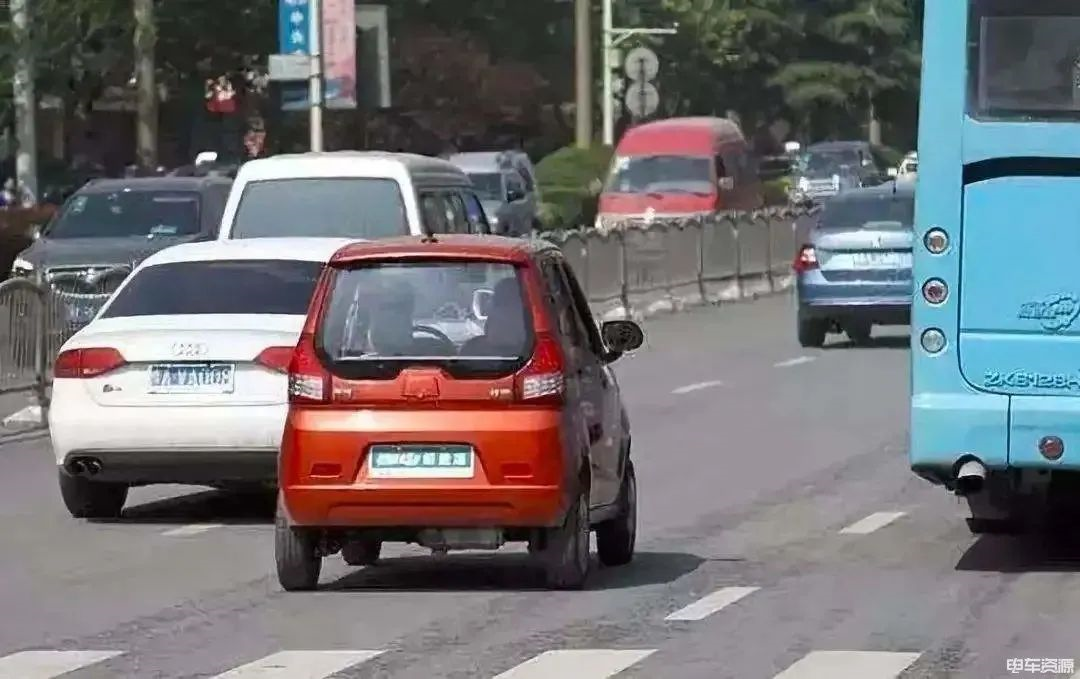
So, will traditional car brands enter the “micro-low-speed pure electric passenger car” market? In my opinion, they will, but most of them will not directly enter.
The first problem is the cost.
Even the top-selling and most cost-controlling Wuling has hardly any direct profit margins on the Hongguang MINIEV. For most other brands, it is already very difficult to price their products similarly to the Hongguang MINIEV, let alone “micro-low-speed pure electric passenger cars” that are even lower in price.Actually, the key point lies in that the sales of the Hongguang MINIEV can help enterprises alleviate the pressure of the double integral points. Thanks to the hot sales of the Hongguang MINIEV, Wuling not only turned the overall points of the enterprise into positive value in 2020, but also had surplus points for trading. However, the not-so-lucky FAW-Volkswagen had a negative double integral score of -139,251 in 2020, and had to purchase new energy integral points from Tesla.
In 2020, the price of one positive point is around 3,000 yuan, which is also a considerable expense for many automakers.
Although sales of “micro low-speed pure electric passenger vehicles” can also earn points, according to the current double integral policy, the points need to be multiplied by a coefficient of 0.5, and these points can only be used by the enterprise itself. Therefore, the only benefit for traditional automakers to enter the “micro low-speed pure electric passenger vehicle” market is to fill the negative points of the enterprise.
As a result, traditional automakers are unlikely to enter the market directly on their own, but may cooperate with “micro low-speed pure electric passenger vehicle” enterprises that have no passenger car production qualification but have a larger scale. They may adopt ways such as cooperating with low-speed vehicle enterprises for production or acquiring controlling stake in low-speed electric vehicle enterprises to declare these products with their own qualifications. For example, the earlier joint venture between Great Wall Motors and Yujie Motors, and the newly established Qilu Motors, which found Chery for OEM and so on.
The second point is about the audience.
Many media believe that after the “Lao Toudle” products are passively reformed, the original user group will naturally transition to the new “micro low-speed pure electric passenger vehicles” or the original micro pure electric vehicle subdivision market. But personally, the author is not optimistic about this.
The “advantage” of the original “Lao Toudle” products, in addition to their low prices, is that they are not motor vehicles. Users can park anywhere without worrying about fines, can drive without a driver’s license, don’t need to buy insurance, and don’t need to pay parking fees, etc. Most of the users who choose to buy this product are elderly people without driver’s licenses and without regular passenger car usage habits. How many of them do you think can achieve upward “natural transition”?
In micro pure electric vehicles, taking the Hongguang MINIEV as an example, the total number of users born in the 80s exceeded 80%, and those born in the 90s exceeded 90%.Young people also value price, but not to the extent of sacrificing safety, functionality, comfort and other indicators, and they don’t mind paying more for these. So, the Hongguang MINIEV, which is the cheapest but doesn’t come with air conditioning, hardly sold and the manufacturer didn’t produce much.
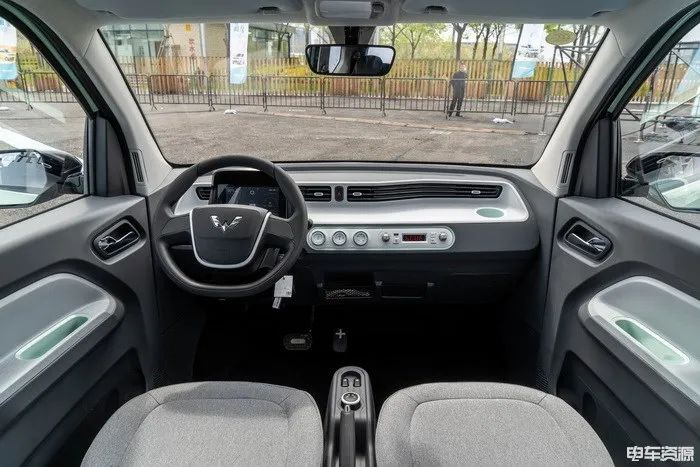
In fact, based on user feedback, Wuling added dual-color body, safety airbags, LED daytime running lights/taillights, reversing image, Bluetooth and other features to the redesigned Hongguang MINIEV Macaron. Although the price has increased to RMB 37,600-43,600, it still maintains strong sales with 29,706 units sold in May.
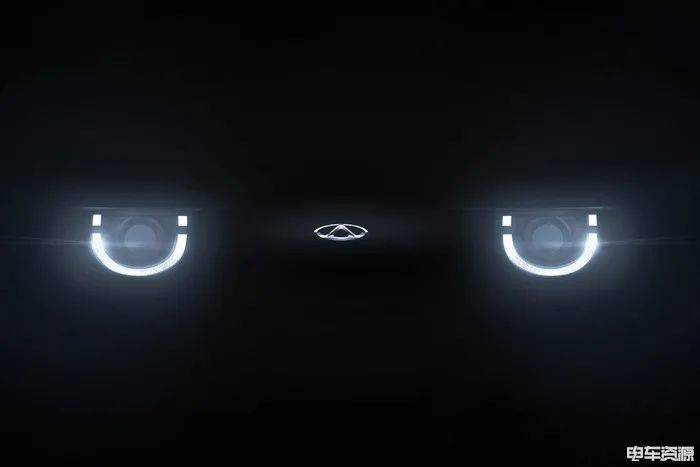

On July 2, Chery also announced the first model of its iCar ecosystem, the QQ ice cream, which also uses exquisite LED daytime running lights and multiple colors to attract young people, and will cooperate with Alibaba Cloud in intelligentization.
The renamed Baojun KIWI EV also began to cooperate with DJI to prepare for the installation of intelligent driving systems on a micro car; BYD even positioned the first new car built on a truly pure electric platform, the Dolphin EV, as a higher-level small car.
In other words, traditional brands developing electric vehicles for commuting will not blindly pursue low prices, but will take the high-end route.
Conclusion
In conclusion, “low-speed elderly vehicles” will not have any obvious impact on the market of traditional car companies after losing their “advantages” of ultra-low prices and the ability to violate traffic regulations. Traditional car companies will not directly enter the market of “low-speed elderly vehicles” either, as it is likely challenging to find a balance between cost and profit.
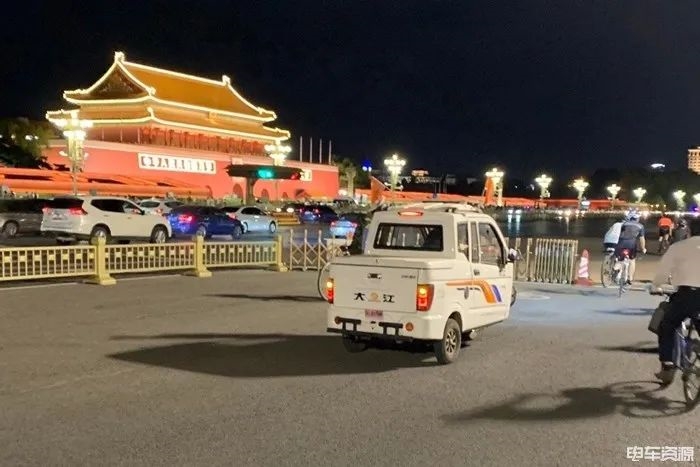
As for the original users of “low-speed elderly vehicles,” they are unlikely to go as far as getting a driver’s license and spending more money on compliant products, but rather downgrading to electric tricycles or bicycles that are still in the “gray zone.” As for towns and rural areas with lax regulation, rigid travel needs may still provide a fertile soil for “low-speed elderly vehicles.”In short, people’s attitudes towards car consumption will not change because of a regulation. However, with the opportunity of “Old Heads Turning Green”, if some quality-conscious and technologically capable car manufacturers pay more attention to this market and create better quality micro pure electric cars, then the future prospects of this segment market are very promising. People’s understanding of this type of transportation will also gradually change, and the spring of this type of car will truly come.
This article is a translation by ChatGPT of a Chinese report from 42HOW. If you have any questions about it, please email bd@42how.com.
